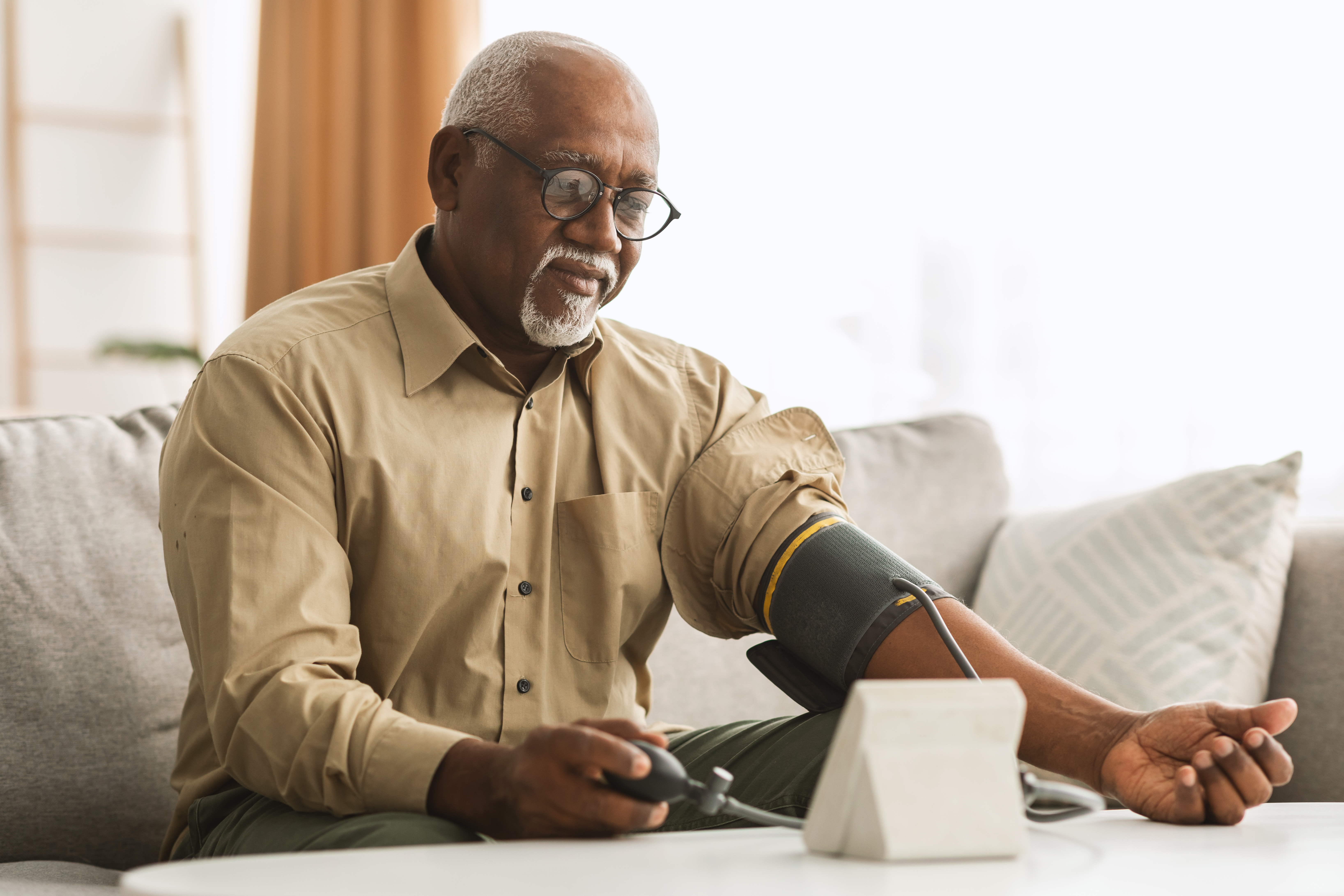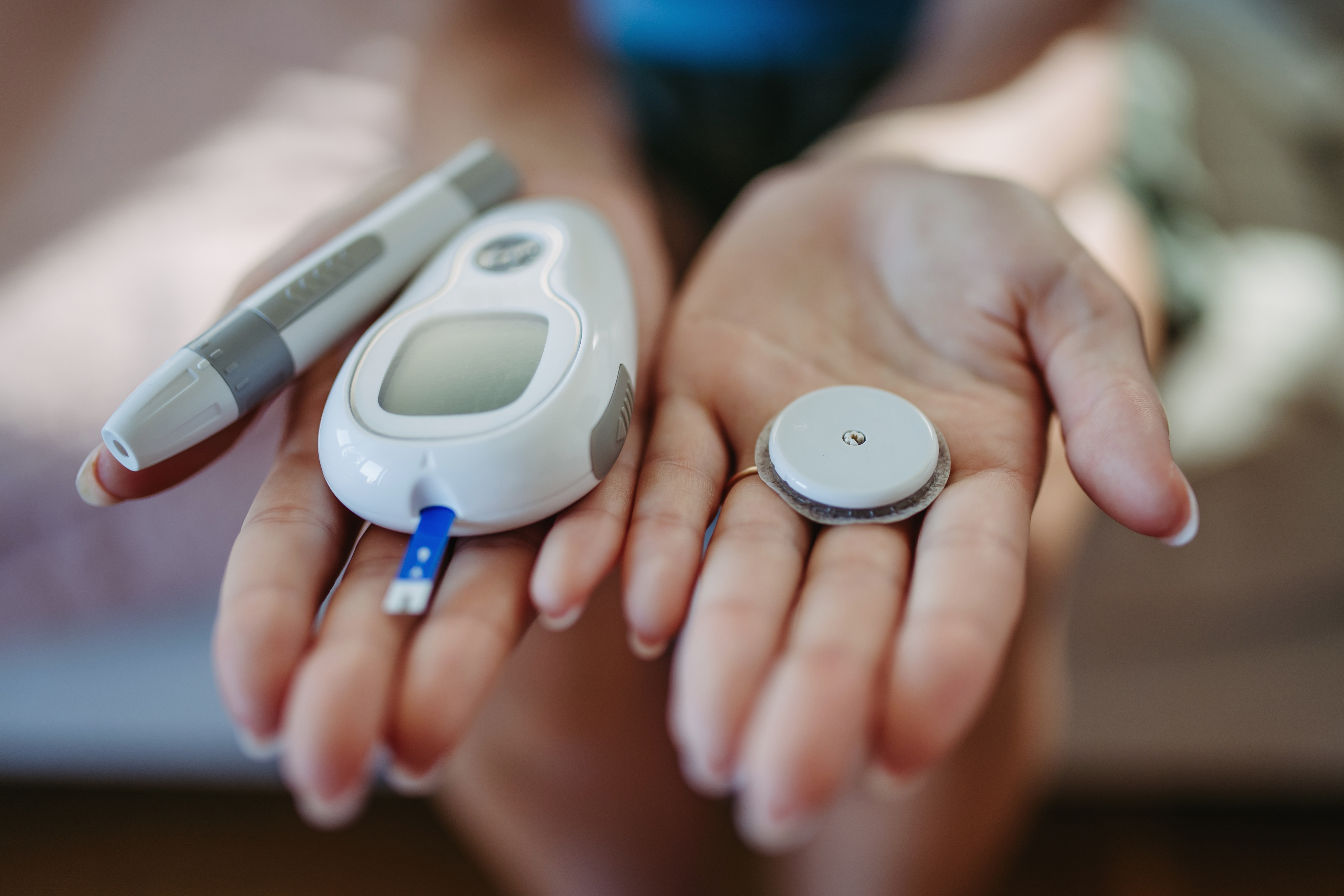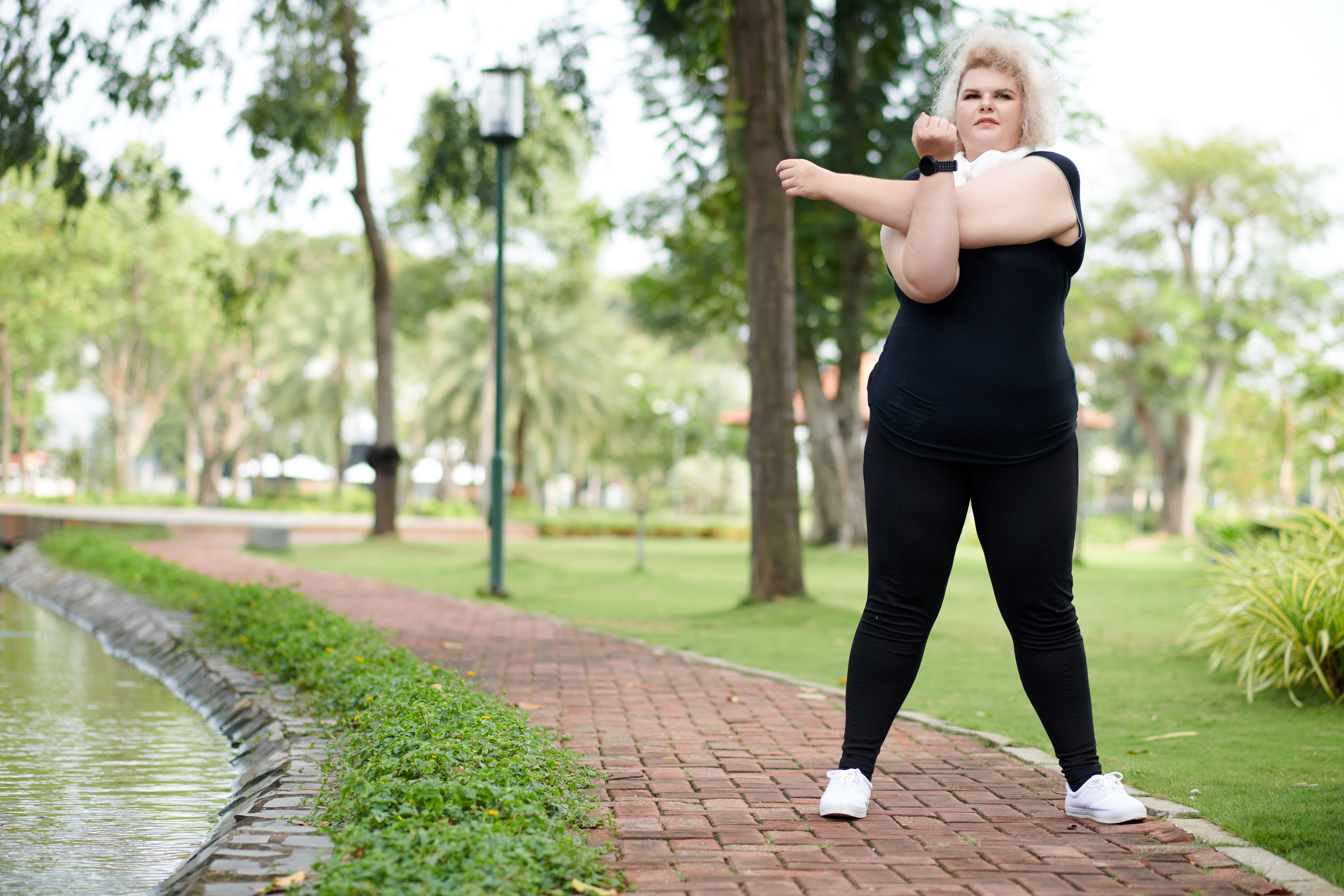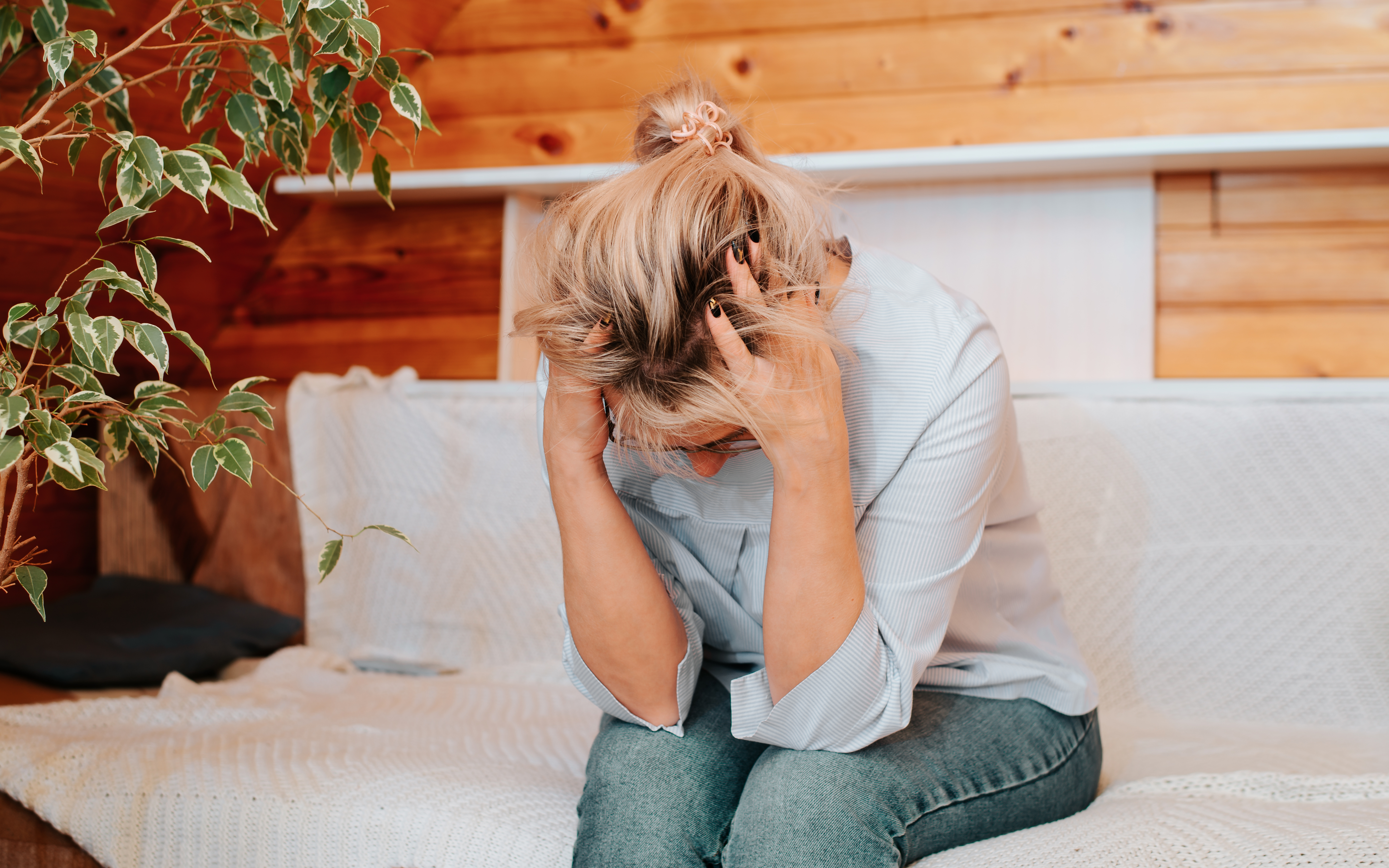20 Surprising Triggers Behind Your Pesky Muscle Cramps
Muscle cramps can strike at the worst moments—during a workout, in the middle of the night, or even while simply stretching. That sudden, intense pain can leave you wondering, why does this keep happening? While dehydration and low electrolytes are often blamed, the truth is that muscle cramps have a surprising number of unexpected triggers. To help you finally get to the bottom of those pesky cramps, we’ve expanded our list to 20 surprising causes—some of which may completely change the way you think about muscle health. From sneaky nutrient deficiencies to everyday habits you’d never suspect, we’re uncovering the real reasons behind muscle cramps and, more importantly, how to prevent them. Get ready to rethink what’s causing your discomfort and take control of your body with science-backed solutions.
1. Pinched Or Compressed Nerves

Pinched or compressed nerves, such as those known as sciatica, can cause muscle cramps. A slipped or herniated disc is the most common culprit of sciatica. Since it has shifted out of place, the disc puts increased pressure on the root of the nerve. When an individual's spinal nerves become compressed, one of the effects is cramping pain throughout the legs. The longer individuals walk, the worse the pain gets. If individuals experience this kind of pain, the best thing they can do is rest until their muscles relax. However, there are some circumstances where patients have to keep walking, and when this is the case, they should use a mildly flexed position. They should imagine they are pushing a shopping cart and assume the posture they usually would in the grocery store. This can help delay symptom onset, reduce the symptoms currently occurring, and lower the amount of time the cramp lasts.
2. Depletion Of Minerals

In addition to needing vitamins, the body needs certain minerals to function properly. Vitamins and minerals make up the majority of essential nutrients. Essential nutrients must be found through an individual's diet because they are necessary for survival. The depletion of minerals can cause muscle cramps and other symptoms. If individuals have a magnesium, calcium, or potassium deficiency, they are more likely to develop leg cramps. Common signs of potassium deficiency are muscle weakness, muscle spasms and cramps, fatigue, digestive issues, heart palpitations, muscle stiffness, tingling or numbness in the extremities, trouble breathing, and unusual mood changes. Magnesium deficiencies present with muscle twitching and cramping, mental health issues, osteoporosis, muscle weakness, fatigue, high blood pressure, an irregular heartbeat, and asthma. Long-term calcium deficiency can cause symptoms such as muscle issues, fatigue, changes to the skin and nails, osteoporosis, osteopenia, tooth decay, irritated or diseased gums, and depression. Even if patients get these minerals through their diet, diuretic medications can sometimes deplete them. Diuretics are often prescribed for high blood pressure, and they work by eliminating fluid in the body.
3. Narrowed Arteries

Narrowed arteries typically cause cramps while an individual is exercising or directly after they finish exercising. The cramps rarely persist for long after they stop exercising and rest. If they do persist, the affected individual may need medical attention. The legs are supplied with blood through several different arteries. Exercising can cause these arteries to narrow, which means that individuals may not receive the blood supply they need. This is doubly compounded because the muscles need more oxygen during exercise, and oxygen is delivered by red blood cells. Cramps from this phenomenon can occur throughout the legs and feet. Peripheral artery disease often causes cramping pain in the calves, thighs, or hips. The narrowed arteries are only noticeable during exercise, since the muscles require more oxygen. In this case, cramps are the muscle warning the brain it cannot sustain the current activity level.
4. Dehydration

Many individuals know feeling thirsty is a common warning sign of dehydration. However, there are other signs of dehydration, including muscle cramps. When the body is depleted of fluid, its natural cooling mechanisms do not work, leading to overheating and heat illness. Heat illness is especially common in individuals who exercise in hot conditions. Experts say that as individuals get hotter, their muscle cramps will become more intense. Normally, the body cools itself naturally by releasing fluid and using water to cool off the internal structures. However, a lack of water can lead to overheating, similarly to how a car engine overheats if there is no coolant. The increased temperature causes the muscles to seize up and spasm. Cramping from increased temperature is a serious sign of heat illness and might require emergency treatment. If an individual's muscles are too hot to function, their internal organs also are. However, cramping is not always the result of increased internal temperature. Electrolyte imbalances, also caused by dehydration, can keep the muscles from adequately performing.
5. Certain Medical Conditions

Certain medical conditions, including thyroid conditions, diabetes, and liver disorder, can increase an individual's risk of developing muscle cramps. Diabetes occurs when the body does not produce enough adequate insulin. Insulin turns sugar into energy cells can use. If the sugar is staying in the blood instead of being converted to energy, the muscles become starved of resources and can cramp. Hypothyroidism, which occurs when the thyroid does not produce enough thyroid hormone, can cause several symptoms. They include muscle stiffness, weakness, and cramping, as well as a reduction in temperature, depression, and severe lethargy. Many forms of liver disease can cause muscle cramping, but it is particularly common in cirrhosis. Cramp-fasciculation syndrome is a muscle condition that causes cramping. Many neurological disorders can also cause muscle spasms, contractures, and dystonia, which can all be mistaken for cramps.
6. Muscle Overuse

Many individuals may deal with muscle cramps if they overuse their muscles. This is often linked to exercising. Unfortunately, many individuals exercise too often or increase the intensity too quickly. This can lead to muscle injuries and muscle overuse, triggering cramps. Runners often experience leg cramps or side cramps due to muscle overuse. Other athletes are at risk of experiencing muscle cramps due to muscle overuse as well. Individuals should consider starting slow with their exercising routine and be sure to build in breaks every week to avoid overusing their muscles. Of course, it is vital to stop exercising if they notice signs of a muscle cramp. If it is mild, the healing process should be fast, but continuing to exercise can make it worse.
7. Muscle Strain

Another significant cause of muscle cramps is muscle strain. In some cases, individuals will deal with muscle strain alongside muscle overuse if they exercise too frequently. Of course, sometimes individuals will strain their muscles when they are not exercising, such as lifting heavy objects during a move, carrying too many groceries at one time, or even stretching muscle well beyond their capacity. Individuals may also develop muscle strain and subsequently muscle cramps when they are holding the same position for too long. The position must put some pressure on their muscles and take effort to hold.
8. Exposure To Cold Temperatures

Some individuals will deal with muscle cramps when they are exposed to cold temperatures. This is common during the winter when it is cold everywhere and when individuals come into contact with cold water. The reason that exposure to cold temperatures can cause muscle cramps, or at least increase an individual's risk of them, because the cold can cause the muscles to contract and stiffen. In other words, muscles do not experience as much elasticity when they are around cold temperatures. In addition, cold temperatures during the winter also make individuals less active, which can cause injuries and cramps when they do happen to exercise or complete a physical task.
9. Certain Medications

Evidence indicates that certain medications can increase an individual's risk of experiencing muscle cramps. Some of the medications that have been linked with this increased risk include statins, diuretics, steroids, Alzheimer's disease medication, asthma medication, and high blood pressure drugs. The reason they increase the risk of muscle cramps varies. In the case of diuretics, it is because diuretics remove water from an individual's body, leaving less protecting the muscles. In addition, the removal of water due to diuretics increases the risk of dehydration, which is another cause of muscle cramps. Unfortunately, it is not always clear why certain medications can cause muscle cramps as a side effect, as is the case with statins for high cholesterol.
10. Not Warming Up Before Exercise

Individuals need to stretch and warm up their body before they start every exercise session, including a light jog. Stretching and warming up allows blood to flow better throughout the muscles, which reduces the risk of many muscle injuries. Individuals who do not warm up properly before exercise are starting 'cold,' which increases their risk of experiencing muscle cramps and dealing with other muscle injuries. It is also worth noting that these other muscle injuries, such as muscle strain, can also cause a cramp to develop. Failing to warm up before exercise often also means that individuals are pushing themselves too hard, which can result in muscle overuse, another risk factor associated with muscle cramps.
11. Poor Blood Circulation

When blood flow to your muscles is restricted, it can trigger painful cramps. Poor circulation often occurs due to sitting or standing in one position for too long, wearing overly tight clothing, or underlying conditions like peripheral artery disease. When muscles don’t receive enough oxygen and nutrients, they can spasm unexpectedly. Simple lifestyle changes, such as getting up to stretch every hour, wearing looser clothing, or incorporating gentle exercises like walking or stretching, can help improve circulation and reduce the risk of cramps.
12. Sleep Position and Posture

Your body’s position while sleeping can contribute to muscle cramps, especially if you unconsciously restrict blood flow or place pressure on certain muscles. Sleeping with your feet pointed downward (a common position) can cause calf muscles to shorten and cramp. Additionally, sleeping in awkward positions that keep muscles contracted for too long may lead to painful spasms when you move. Using a supportive pillow, adjusting your posture, or lightly stretching before bed can help reduce nighttime cramps.
13. Vitamin D Deficiency

Vitamin D is essential for muscle function, and low levels can contribute to cramps, stiffness, and weakness. This vitamin helps regulate calcium and phosphate levels, which are crucial for proper muscle contractions. If you don’t get enough sunlight or have a diet lacking in vitamin D-rich foods (like fatty fish, egg yolks, and fortified dairy), you may be more prone to muscle cramps. Supplementing with vitamin D or spending more time in the sun can help restore balance and alleviate symptoms.
14. Excessive Alcohol Consumption

Drinking too much alcohol can lead to dehydration and mineral depletion, two major triggers for muscle cramps. Alcohol acts as a diuretic, increasing fluid loss and disrupting electrolyte balance. Additionally, chronic alcohol use can affect nerve function and muscle coordination, making spasms more likely. If you experience frequent cramps after drinking, cutting back on alcohol and increasing your water intake may help prevent discomfort.
15. High Caffeine Intake

Caffeine, found in coffee, energy drinks, and certain teas, is a stimulant that can contribute to muscle cramps. Excess caffeine consumption leads to dehydration, disrupts electrolyte balance, and can overstimulate the nervous system, making muscles more prone to spasms. If you’re consuming large amounts of caffeine and experiencing cramps, consider reducing your intake and replacing some of your caffeinated beverages with water or herbal tea.
16. Stress and Anxiety

Emotional stress and anxiety can cause muscles to tense up, leading to painful cramps. When you’re stressed, your body releases hormones like cortisol, which can affect muscle function and contribute to tightness and spasms. Many people unknowingly clench their muscles when anxious, leading to sustained tension and sudden cramping. Practicing stress management techniques, such as deep breathing, yoga, or progressive muscle relaxation, can help reduce muscle tension and cramp frequency.
17. Undiagnosed Food Sensitivities

Certain food intolerances or sensitivities may contribute to muscle cramps by causing inflammation, nutrient malabsorption, or digestive issues. For example, individuals with gluten sensitivity or celiac disease may have deficiencies in magnesium, potassium, or B vitamins, all of which are crucial for muscle function. If you suspect food sensitivities are playing a role in your cramps, consider keeping a food journal or consulting a healthcare provider for testing and dietary adjustments.
18. Overuse of Laxatives

Laxatives, especially stimulant-based ones, can deplete the body’s electrolytes and fluids, leading to muscle cramps. Frequent laxative use can cause a loss of potassium, magnesium, and sodium, all of which play a key role in muscle contractions and relaxation. If you rely on laxatives for digestion, consider natural alternatives like fiber-rich foods, probiotics, and adequate hydration to support gut health without disrupting electrolyte balance.
19. Magnesium and Calcium Imbalance

Even if you consume enough magnesium and calcium, an imbalance between these two minerals can lead to cramps. Magnesium helps muscles relax, while calcium promotes muscle contraction—so an excess of one and deficiency in the other can create problems. For instance, high calcium levels with low magnesium may cause tight, cramping muscles. Eating a balanced diet that includes magnesium-rich foods (like leafy greens, nuts, and whole grains) and calcium-rich foods (like dairy, tofu, and almonds) helps maintain proper balance.
20. Chronic Hyperventilation or Shallow Breathing

Surprisingly, how you breathe can influence muscle function. Chronic hyperventilation, anxiety-driven shallow breathing, or breathing too rapidly reduces carbon dioxide levels in the blood, which affects oxygen delivery to the muscles. When muscles receive less oxygen, they can become tight and cramp more easily. Practicing deep, diaphragmatic breathing and focusing on controlled exhalations can help restore proper oxygen balance and reduce muscle cramping episodes.
Saying Goodbye To Pesky Muscle Cramps

Muscle cramps are more than just an annoyance—they can signal underlying issues that often go unnoticed. While dehydration and electrolyte imbalances are commonly blamed, we’ve uncovered 20 surprising causes that may be at the root of your discomfort. From nerve compression and certain medications to exposure to cold temperatures and poor circulation, the reasons behind muscle cramps are more complex than they seem. Understanding these lesser-known triggers can help you take proactive steps to prevent them, whether by adjusting your diet, refining your exercise routine, or identifying potential health conditions that need attention. Your muscles work hard for you every day, and by addressing these hidden culprits, you can help them function at their best. If muscle cramps continue despite making changes, consulting a healthcare provider can help rule out any serious concerns. Knowledge is power—use it to take control of your muscle health and move through life cramp-free!